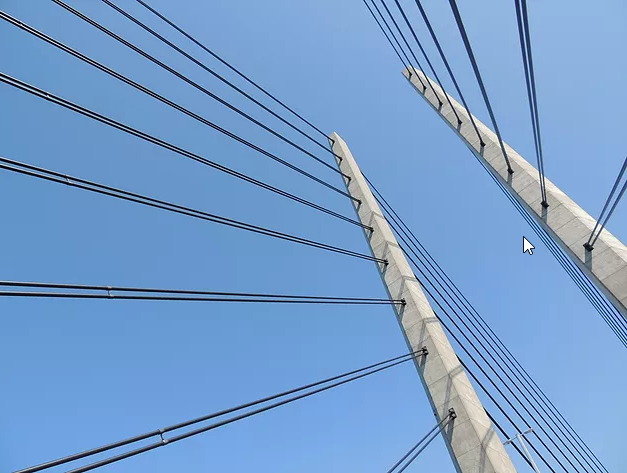
by celine_admin | Jul 14, 2019 | Blogs
Did you know that India has second largest road network in the world of over 5,472,144 km which includes 100,087 km of National highways consisting of 36,673 bridges. Out of these, over 17.8% bridges are structurally inadequate and over 13.1% bridge are functionally inadequate. On an average 43% of the bridges are in the age of 24 to 49 years and 14% are above 50 years.
Infrastructure Risk Management (IRM) is a company which specializes in ageing management of degrading bridges and possesses necessary skills to provide training to help setup management systems with the bridge asset owners such as Ministry of Road Transport and Highways (MoRTH), the Ministry of Railways (MoR), State and Central Public Works Departments (PWD), National Highways Authority of India (NHAI), etc. IRM envisions the birth of Indian Bridge Management Industry whose volume of work is estimated to be USD 750 Million

by celine_admin | Apr 26, 2017 | Blogs
There are about 93 000 bridges (length > 6 m) and over 1.1 million culverts (length < 6 m) of different types along Indian roads.
About 14,500 bridges are on National Highways of which 1713 bridges/over-bridges are in a distressed condition requiring repair/rehabilitation and 2018 bridges are old and weak, requiring reconstruction (Wakchaure and Jha 2011).
In addition to this inventory, under the Setu Bharatam programme additionally 218 bridges are expected to be added in this inventory by the year 2019. This infrastructure will eventually degrade because of environment and loading (e.g. corrosion, fatigue, scour, earthquake, etc.) and reduce its service-life, even leading to collapses of bridges. Such degrading bridges along the highways and railways needs a careful thought-out inspection and maintenance strategy in order to mitigate such calamities.
This brings to forefront the issue of predicting the service-life of an infrastructure and suggesting optimum repair and maintenance schemes for such infrastructures.
The solution is to bring about a change in an approach of decision making by being proactive and combine the degradation prediction model with inspection results for service-life prediction of an infrastructure. These serves as an input for optimising the maintenance scheme and to reduce its life cycle cost.



